How to connect a dryer?
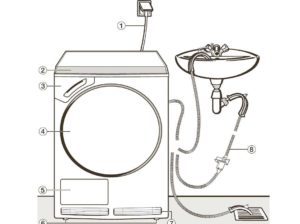 More and more people are choosing freestanding dryers instead of washer dryers. Unlike combined units, with its help you can dry all washed items much more economically and quickly. But there are also some difficulties - connecting a clothes dryer is a little more complicated. To prevent this difficulty from becoming an obstacle to purchase, it is enough to have detailed instructions in front of your eyes. This is what we will present below.
More and more people are choosing freestanding dryers instead of washer dryers. Unlike combined units, with its help you can dry all washed items much more economically and quickly. But there are also some difficulties - connecting a clothes dryer is a little more complicated. To prevent this difficulty from becoming an obstacle to purchase, it is enough to have detailed instructions in front of your eyes. This is what we will present below.
Installation depends on the type of dryer
How the process of installing a new dryer will proceed depends on the room and type of dryer. First of all, it is important to decide on the type of drying, which can be exhaust, condensation or heat pump. The operating principles of the machines are different, which is reflected in the nuances of their connection.
- Exhaust systems work by removing air with moisture into the ventilation system, so the machine must be connected to home ventilation.
- Condensing machines direct heated air into a drum containing wet laundry, where it “collects” the liquid from the fabric. Next, the flow goes into the provided heat exchanger to “dump” the vapors, and the “dumped” moisture settles in the provided container. It needs to be emptied, so for convenience it needs to be connected to a sewer.
- Heat drying units are similar to condensing models with the difference that the moist air does not pass through a heat exchanger, but an evaporator.
The installation process of the dryer is determined by the type of unit.
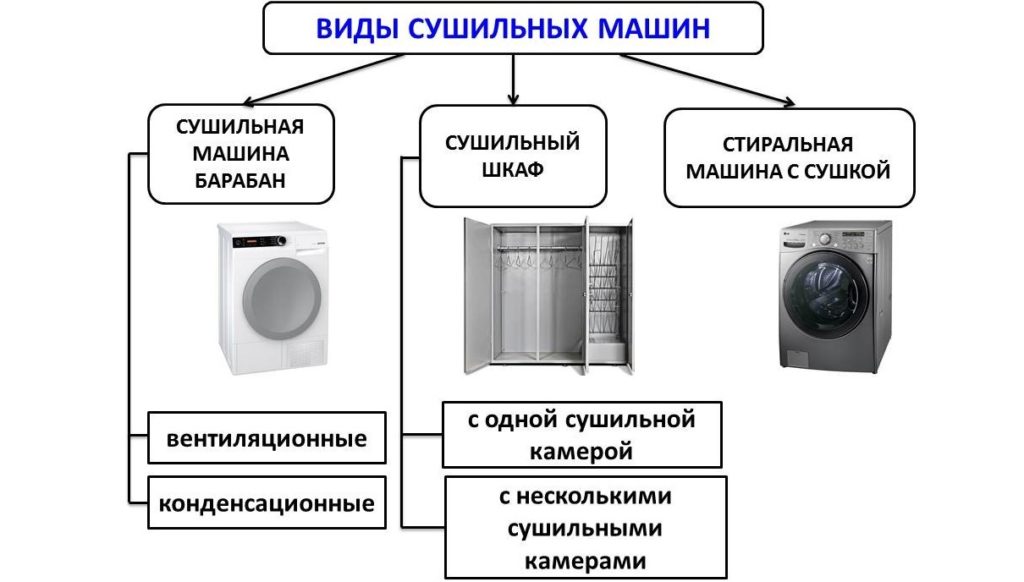
The most difficult thing to work with is exhaust models, since they require connection to an air duct.Not all city apartments and private houses provide the opportunity to easily connect to centralized ventilation. But fewer and fewer such machines are being produced - manufacturers are actively replacing them with condensing and “heat pump” ones. We will talk about their installation in the article.
Connection procedure
Condenser dryers and heat pump dryers are installed in the same way. Moreover, their installation is practically no different from washing machines. The only difference is that you need to take the connection to the sewerage and electrical network more seriously.
If your dryer is not connected to a drain, you will have to empty the condensate tray after each cycle.
Connection to the sewer is not necessary - you can drain the water from the container with released moisture yourself. But it is much more convenient and easier to immediately configure the automatic release of condensate into the drain pipe. This is not difficult to do: each model has a special hole for the hose. Water is discharged into a common drain or into a sink, bathtub or toilet.
Next we supply electricity. To ensure the supply of current, it is necessary to draw a separate line from the distribution panel or use a ready-made socket. The second option is faster and more convenient, since there is often a free outlet for connecting to the mains. The method is not inferior in terms of safety - if the dryer’s power does not exceed 2.5 kW, nothing threatens the wiring. The main thing is not to forget that the line must have grounding, an RCD and a separate circuit breaker. It is enough to include a 16 ampere RCD and a 14-16 ampere circuit breaker into the circuit.
It is strictly prohibited to simultaneously connect a dryer and washing machine to one double socket.Remember that this will cause increased power and overload the outlet. Excessive heating, melting and short circuit will occur.
Where to put the dryer?
The connection issue is directly related to the placement of the machine in the room. The installation nuances depend on where it is and how it stands. Therefore, first we choose one of four options: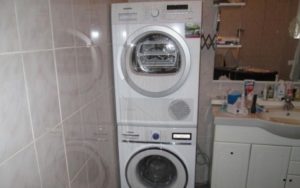
- on top of the washer;
- next to the washing machine;
- in a special niche or closet;
- under the sink or countertop.
Most often, dryer owners prefer the so-called “column”, when the dryer is installed directly on the washing machine. Square meters are greatly saved, which is what residents of small apartments and houses strive for. But you cannot simply put one unit on top of another - you must follow the instructions from the manufacturer.
- Check that the washing depth is greater than or equal to the drying depth. If there are mismatches, the “lower tier” will not withstand the load.
- Install special anti-tip latches and caps on the body of the washing machine. They come in combination with a dryer, if the possibility of installation in a column is provided.
- Unscrew the legs of the dryer and secure it in the caps.
- Adjust the position of the machine according to the building level.
It is strictly prohibited to mount the dryer in a column without secure fixation!
There is another option - to use wall structures in the form of special slats. These fasteners are more reliable, but they are rare, since anti-tip fastenings are many times more aesthetically pleasing.
The provided latches cannot be neglected. They not only protect the washing machine from outgoing vibration, but also increase the stability of the “upper tier”, preventing the equipment from tipping down.
If you don’t want to mess with the fasteners, you should place the dryer next to the washing machine. This method is safer and simpler, but requires free space in the room. Suitable when there is a large area or the opportunity to place the machine in a separate room, closet, dressing room or spacious corridor. Installation in this case is limited to moving, removing transport bolts and leveling to the building level. It is better to immediately buy household appliances in pairs, so that a single style reigns in the bathroom or kitchen and the dimensions match exactly.
The option of installing the dryer in a plasterboard niche requires a special corner or cabinet. It is better to think about this in advance, even during the renovation of the premises. If possible, you can build a two-story structure with your own hands to accommodate both a dryer and a washing machine.
It’s even easier to identify the machine under the sink or kitchen countertop. You just need to choose the right model so that it has a removable lid for installation and dimensions that match the cabinets. A condenser dryer will fit especially well in the kitchen, since due to free access to the sewer system, connecting the dryer to the drain will not be difficult.
There is no reason to be afraid of installing a dryer - in many ways the procedure for connecting to communications is identical to washing machines. The main thing is to think about safety and not neglect the rules specified by the manufacturer.
Interesting:
Reader comments
- Share your opinion - leave a comment

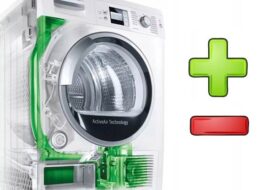
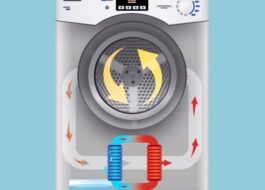
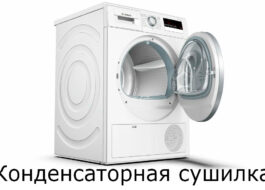
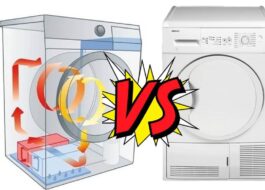
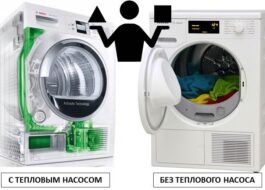
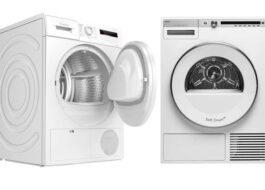














Add a comment